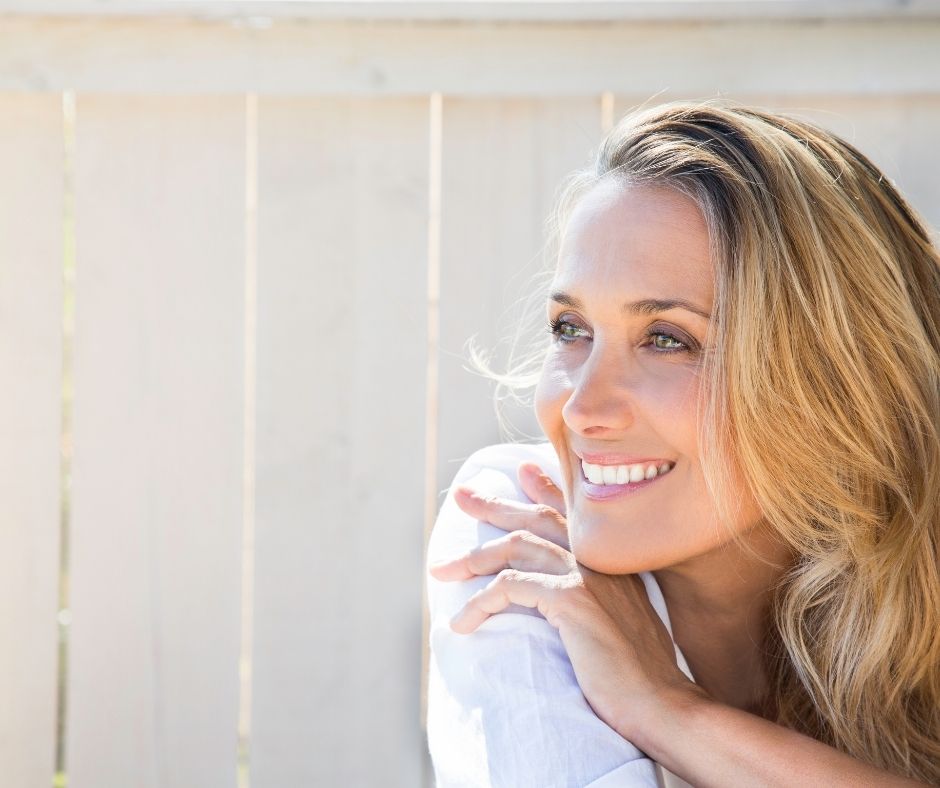Dry eye is a common condition, marked by a deficiency in the quantity or quality of tears produced. It can be brought on by some medications (prescription and non-prescription), windy or hot weather, environmental allergens and irritants, infections of the eye, aging, air conditioning, computer use, diseases such as diabetes and arthritis, and other factors. LondonOC can now offer the Rexon-Eye to patients here in the UK.
There are two main types of dry eyes:
1) Evaporative dry eye, often associated with a deficiency in the oily layer of the tears
produced by the Meibomian glands along the lower lids.
2) Aqueous deficiency, in which the production of aqueous tears by the lacrimal gland is
reduced.





0 Comments